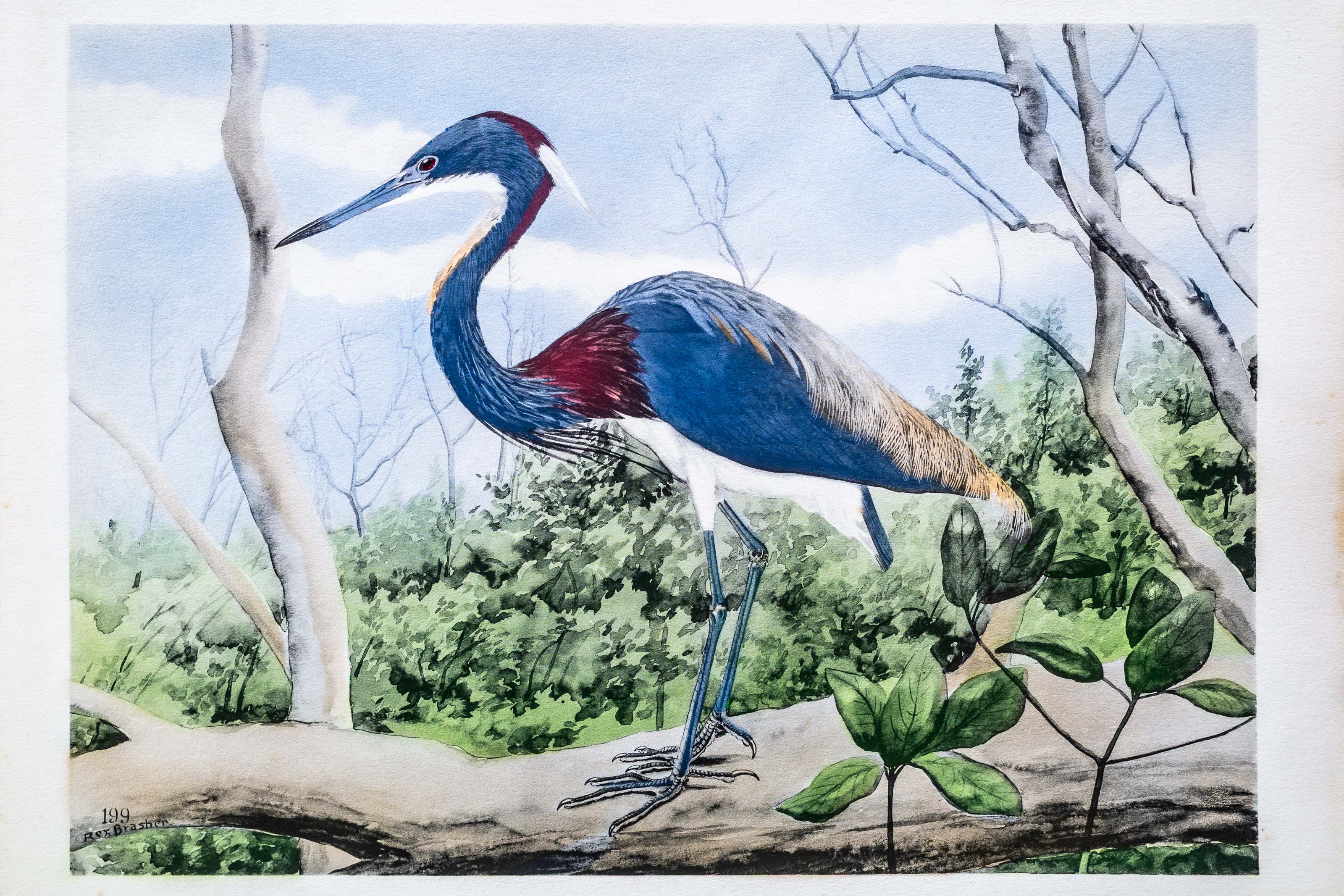
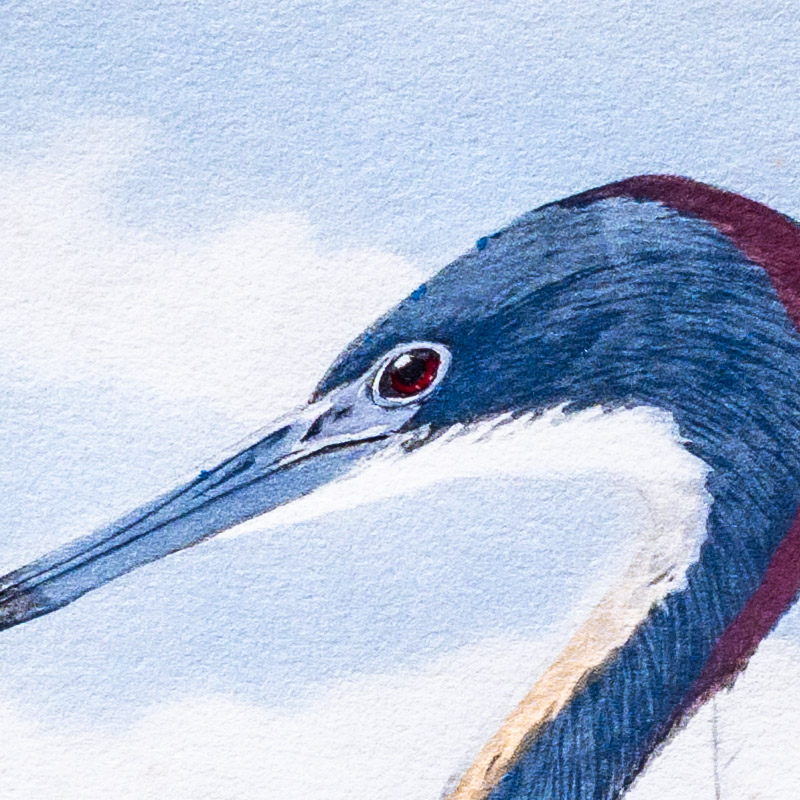
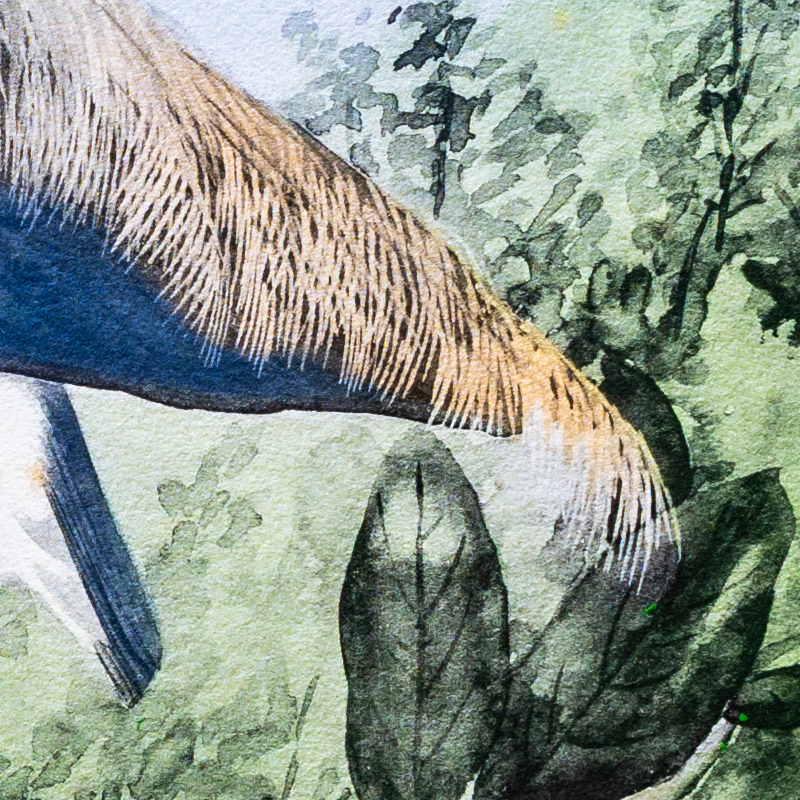
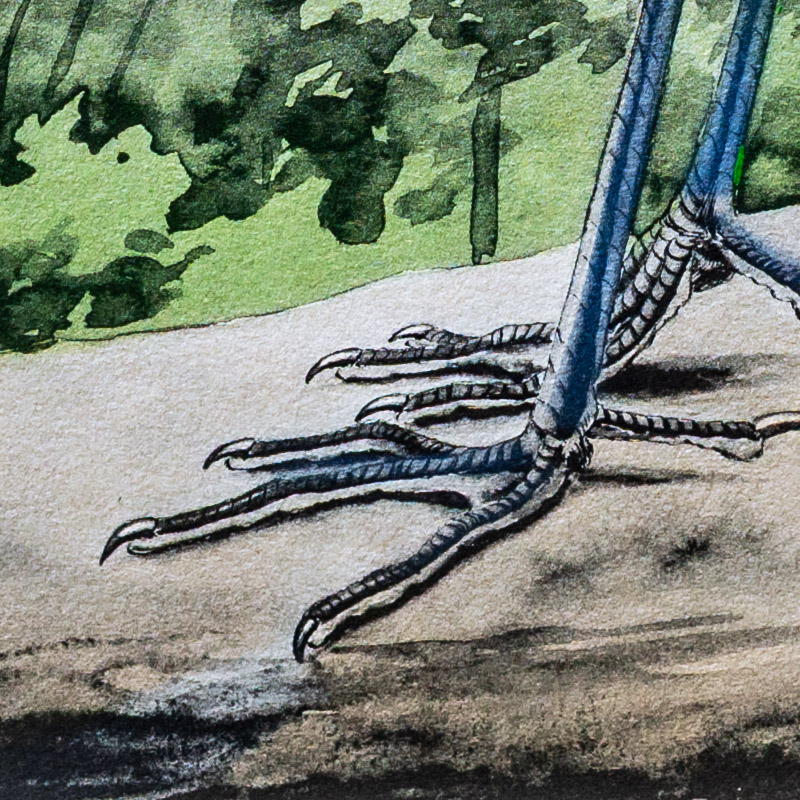
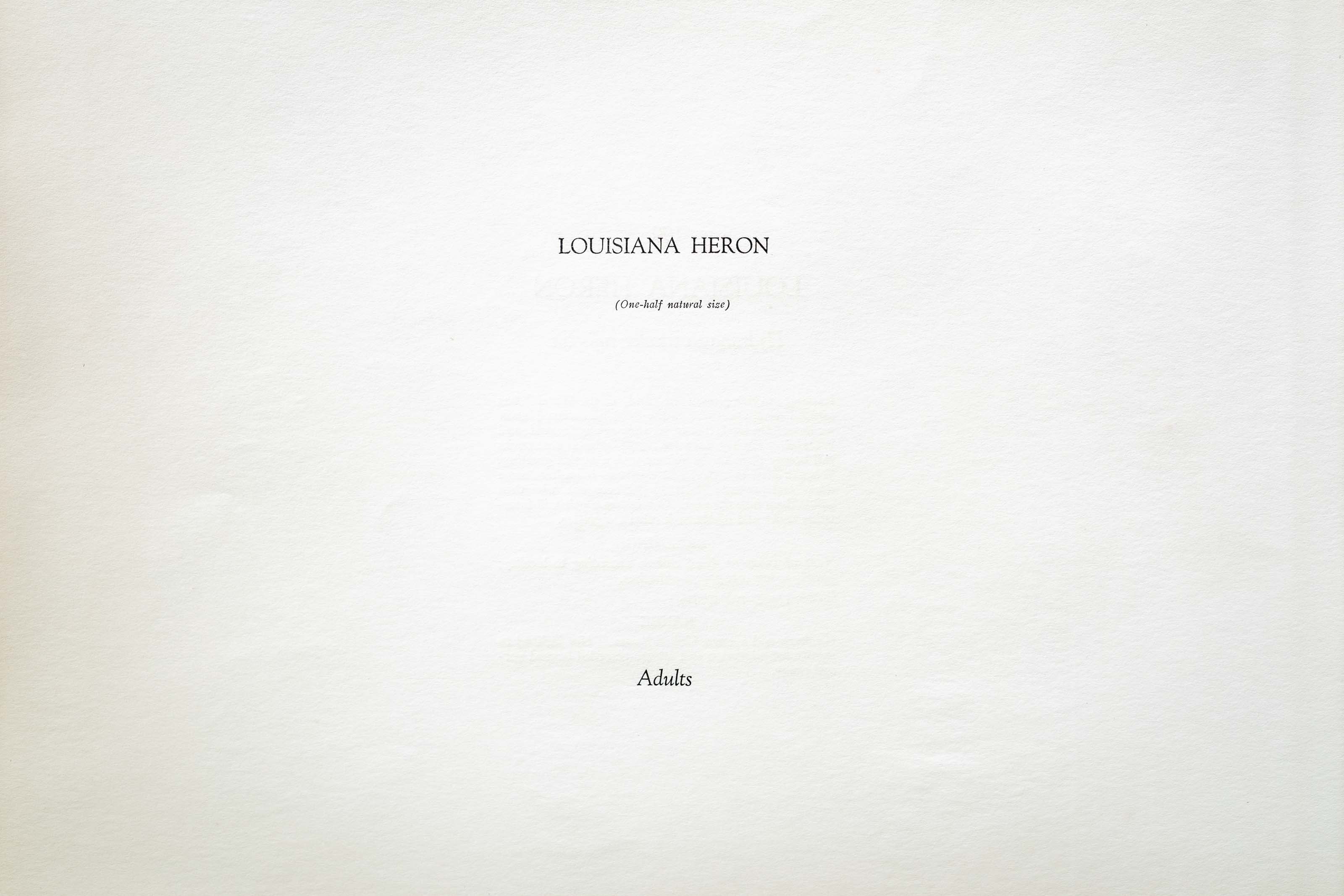
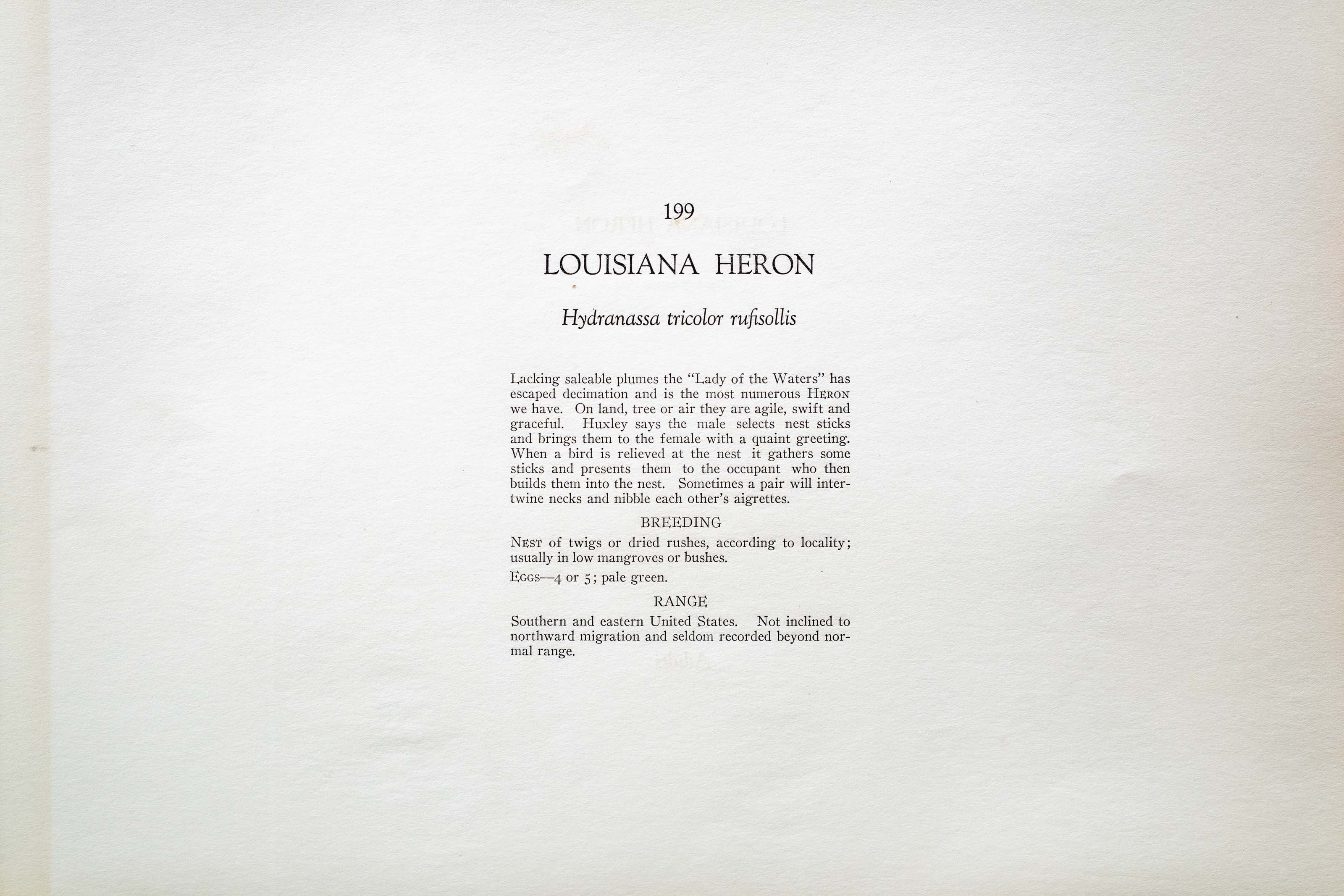

Unknown
1930
3
199
A team of dedicated board members, volunteers, and student interns has published every page in Volume 9. This volume includes 360 images of paintings and lyrical descriptions of birds, now available online for everyone to enjoy anywhere in the world. This is a monumental task. Each volume requires approximately 400 hours to photograph, edit, transcribe, catalog, and publish online. We need your support to complete this work.
If you're tech-savvy, have a good eye, are meticulous with details, and love structured data, please consider volunteering by emailing us at hello@rexbrasher.org.
We encourage all bird lovers and supporters to consider a monetary donation to support our mission to make Rex's work available for everyone. You can provide a one-time or recurring donation online.
Lacking saleable plumes the "Lady of the Waters" has escaped decimation and is the most numerous HERON we have. On land, tree or air they are agile, swift and graceful. Huxley says the male selects nest sticks and brings them to the female with a quaint greeting. When a bird is relieved at the nest it gathers some sticks and presents them to the occupant who then builds them into the nest. Sometimes a pair will intertwine necks and nibble each other's aigrettes.
NEST of twigs or dried rushes, according to locality; usually in low mangroves or bushes.
EGGS — 4 or 5; pale green.
Southern and eastern United States. Not inclined to northward migration and seldom recorded beyond normal range.